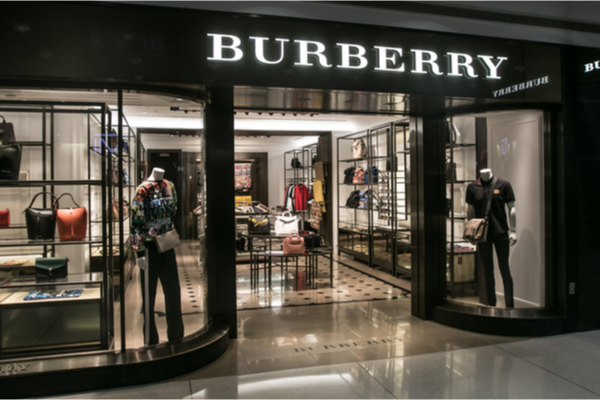Despite already seeing significant effects, the fashion industry has yet to feel the brunt of the repercussions — financial and otherwise — caused by the global outbreak of COVID-19.
The arrival of coronavirus in Italy on February 21 coincided directly with Milan Fashion Week, which ran from the 18th to the 24th, causing some attendees to cancel their trips and head home early, while some designers — including, notably, Giorgio Armani — cancelled their runway shows. Panic followed the showgoers to Paris, where more presentations were cancelled, more impromptu return flights were booked, and more face masks were worn — including one that was custom-designed for the fall ‘20 Chanel show. It’s no wonder that returning American fashion editors were advised to self-quarantine for two weeks — even if not all of them listened.
Now, New York City — aka the fashion epicenter of America — is in a declared state of emergency. This means that local fashion houses (as well as fashion media companies, PR agencies, and more) have declared a work-from-home policy for their employees. Beyond that, shoots are being postponed; press previews, dinners, and work-related travel canceled. The Copenhagen Fashion Summit will be pushed until October, while H&M’s Global Change Award Gala was called off altogether.
Inconvenient and financially damaging as all those things are, though, the real economic impact of coronavirus has yet to be seen — but it is coming.
Luxury buying and selling is a predominately in-person exchange, so when tons of buyers canceled their plans to travel during Paris market week — the week when designers and buyers meet at tradeshows and showrooms to buy and sell their upcoming collections — brands had to get creative, and fast. Many ended up going digital in their selling approach, either sending PDFs or using online ordering platforms like Joor. But, while some labels may have had success using online-selling portals, the outbreak will likely leave a hefty dent on this year’s sales.
“Buyers need to be able to see the quality, fit, and fabrications of the garments in real life, by trying them on or seeing them on a model,” says the designer behind the brand abacaxi Sheena Sood. Sood was in Paris to show her latest collection during market week. “The trade shows were emptier than usual,” she says.
The stock market’s current nose-dive isn’t helping things either. According to WWD, the week of February 28, 2020 was one of the worst the American market has experienced since the 2008 recession. Globally, the London and Paris markets both saw significant declines, as well. Publicly traded fashion brands like Burberry, Hermès, Revolve, and Lululemon Athletica all saw dramatic dips in stock price, the most substantial being Revolve’s and Lululemon’s, which both dropped by 4.4 percent.
The fashion landscape isn’t only made up of large, publicly owned companies and brands, though. And while they will undoubtedly feel the weight of the COVID-19 outbreak, between their high margins and overwhelming customer loyalty, it’s likely that they will find themselves back in the green once the virus has run its course. According to The Wall Street Journal, larger companies are better equipped to deal with the consequences of coronavirus than smaller ones, many of which don’t necessarily share the same optimistic future.
Direct-to-consumer sales are also starting to suffer. “Everything was fine until last Friday, but then we saw a big downturn,” Pauline Montupet says of her San Francisco multi-brand concept store Le Point. “The weekend is when we get most of our foot traffic and it was really, really slow. Everyone’s being told to stay inside and avoid large groups, which despite being a small store, is hindering people from coming into Le Point, too.” Small businesses also have internal logistics to think about, like their employees, incoming orders, and bills.
With Chinese workers being advised to stay home, many factories are struggling, which will be especially detrimental to the industry given how much fashion merchandise is produced there. According to Statista, China accounted for nearly 38 percent of the world’s textile exports in 2018. Now that workers are no longer physically allowed to go to work, though, production has effectively stopped, meaning that all of the brands, in China or otherwise, that rely on Chinese factories to produce their merchandise won’t be receiving their orders on time or at all.
In an interview with WWD, Confindustria Moda president Claudio Marenzi explained what he predicts the overall effects will be on the industry. “It’s going to be a tough year,” he said. “I think that the slowdown of this moment will also affect the first semester of 2021. The spring 2020 season will be the most dramatically hit by the crisis, we will see negative repercussions also on the fall 2020 season, and unfortunately, I think that the spring 2021 season will be also affected.” The virus could very well be quelled by then, but Marenzi presumes that since stores will be full of unsold goods from 2020, sales for 2021 will continue to be affected. “To sum up, this crisis will have a negative impact on our industry until June 2021.”
—
Photo Credit: Roman Tiraspolsky / Shutterstock.com
